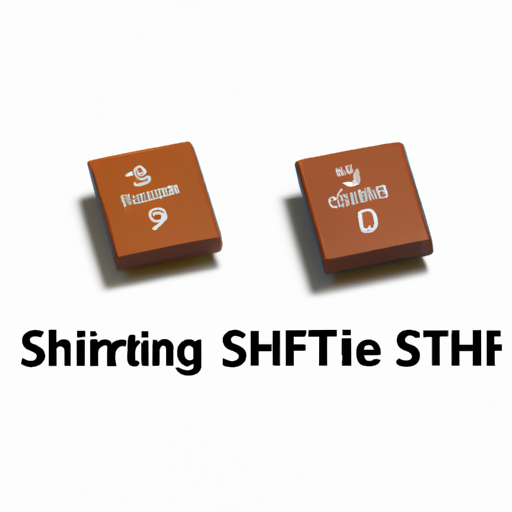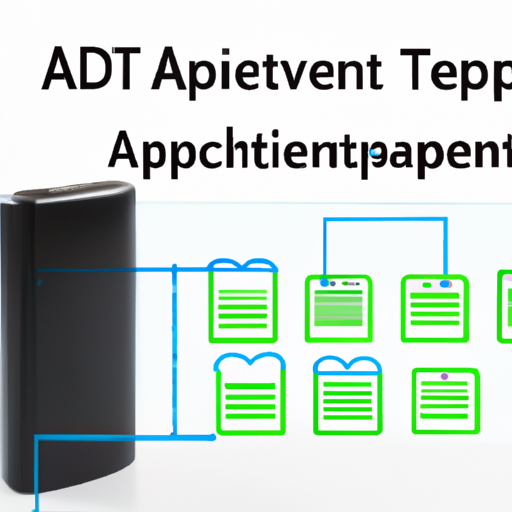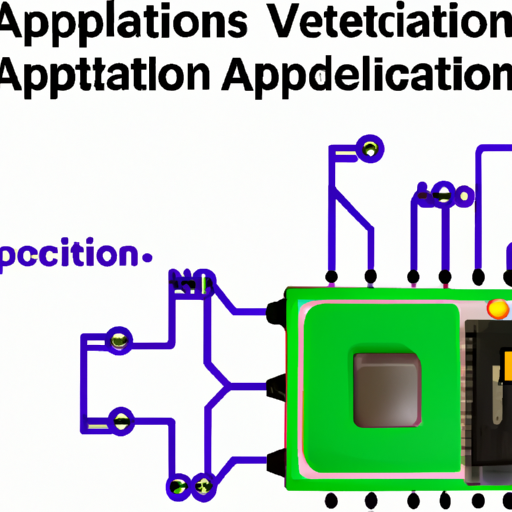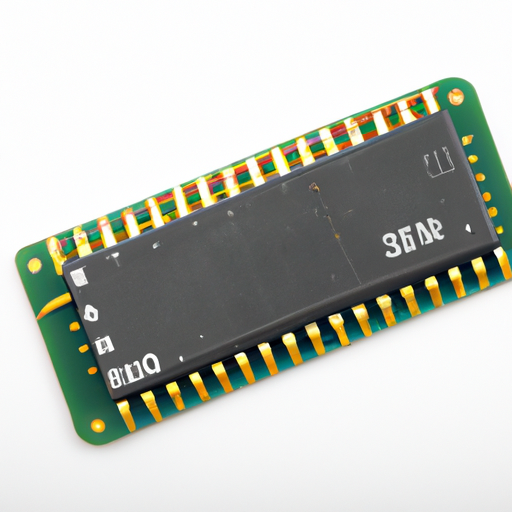1N5235B-T Shift Registers highlighting the core functional technology articles and application development cases of Shift Registers that are effective.
Shift Registers: Core Functional Technology and Application Development Cases
Shift registers are fundamental components in digital electronics, serving as memory circuits that facilitate the storage, transfer, and manipulation of data. Below, we delve into their core functionalities, types, and various application development cases.
Core Functional Technology of Shift Registers
1. Data Storage: Shift registers consist of a series of flip-flops, each capable of storing one bit of data. The total number of flip-flops determines the register's capacity, allowing it to hold multiple bits simultaneously.
2. Data Shifting: By applying clock pulses, shift registers can shift data left or right. This shifting mechanism allows for the sequential movement of bits, enabling various data manipulation tasks.
3. Serial to Parallel Conversion: Shift registers can convert serial data (input one bit at a time) into parallel data (output multiple bits simultaneously). This is particularly useful in communication systems where data needs to be processed in different formats.
4. Parallel to Serial Conversion: Conversely, shift registers can take parallel data inputs and convert them into a serial output. This is essential for transmitting data over communication channels with limited bandwidth.
5. Data Manipulation: Shift registers can perform operations such as data rotation, where bits are shifted in a circular manner, allowing for flexible data handling.
Types of Shift Registers
1. Serial-In Serial-Out (SISO): Data is input and output serially, making it suitable for simple data transfer applications.
2. Serial-In Parallel-Out (SIPO): Data is input serially and output in parallel, ideal for applications requiring parallel data processing.
3. Parallel-In Serial-Out (PISO): Data is input in parallel and output serially, useful for converting parallel data from a microcontroller to a serial format.
4. Parallel-In Parallel-Out (PIPO): Data is input and output in parallel, allowing for simultaneous data handling.
Application Development Cases
1. Data Communication: Shift registers are integral in communication systems, such as UART (Universal Asynchronous Receiver-Transmitter), where they convert parallel data from microcontrollers into serial data for transmission.
2. LED Control: Using shift registers like the 74HC595, multiple LEDs can be controlled with minimal microcontroller pins. For example, you can control 8 LEDs using just 3 pins (data, clock, and latch), optimizing pin usage in embedded systems.
3. Digital Signal Processing (DSP): In DSP applications, shift registers can function as delay lines, where input signals are delayed by a specified number of clock cycles, facilitating various signal processing tasks.
4. Memory Expansion: Shift registers can expand the output capabilities of microcontrollers. By utilizing shift registers, designers can increase the number of outputs without requiring additional microcontroller pins, enhancing system scalability.
5. Data Sampling: In applications like Analog to Digital Converters (ADCs), shift registers can sample data at different clock cycles, allowing for efficient data handling and processing.
6. State Machines: Shift registers can be employed to implement finite state machines, where the current state of the machine is represented by the bits stored in the register. This is useful in control systems and digital logic design.
Conclusion
Shift registers are versatile and essential components in digital electronics, enabling efficient data handling and manipulation across various applications. Their ability to convert between serial and parallel data formats makes them invaluable in communication systems, LED control, memory expansion, and more. Understanding the core functionalities and applications of shift registers is crucial for designing effective electronic systems and optimizing performance in digital circuits.






